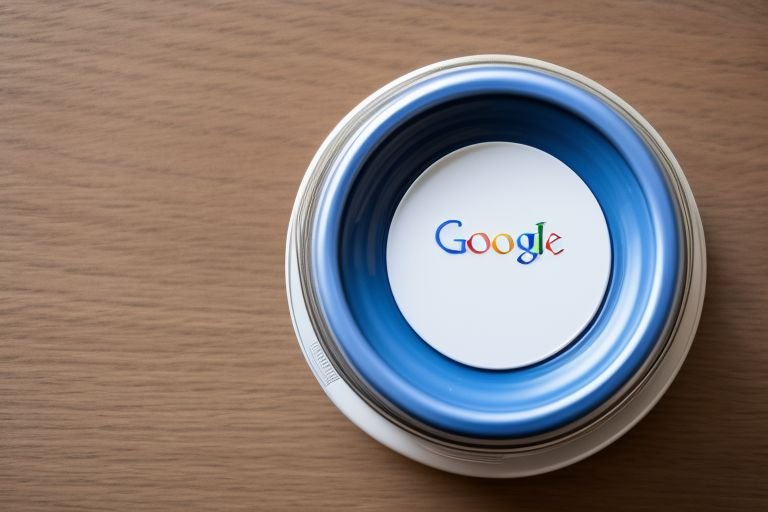This article reveals new development where through the use of Artificial Intelligence, Google is likely to transform the world of image search by providing labels for the images in its search results. This new feature, rising to solve the problem of fake news and deepfakes, can help the users better understand the context of images.
These labels will be in form of tiny badges located near pictures in Google Search distinguishing between AI-generated, possibly manipulated or real images. This is part of Google’s continuous attempts to combating the rise of synthetic media which poses as one of the biggest threats to users.
Within the context of the system, the process of search and classification involves a number of metainformatics, geometrics, statistics, image and contextual characteristics etc. Based on this analysis, it assigns one of several labels: They obtained and classified YouTube comments as either “AI-generated,” “Likely AI-generated,” “Edited,” or “Authentic.”
For any image placed in the AI-generated image or likely generated by AI categories, users can click the specified badge to find more information how the conclusion was made. Foremost, it is helpful to ensure that users can meet their goals or objectives while using social networks by offering them an informed approach in the content that circulates in such networks.
It should be noted that although Google claims the technology works almost perfectly, it is not quite perfect. The company admits that there are cases when some of the AI generated contents may go unnoticed due to the increasing and continued developments in the image generation AI technology. On the other hand, there might be some authentic images that would be labelled as fake. Due to this, Google was put into practice a feedback tool that will let users flag incorrect labels on images.
The implementation of this feature, therefore, will be done slowly after starting with English only searches then the USA then the world over. Despite this, the search giant says that it will continue to enhance the Dialup Currently feature, making enhancements based on the reaction of users and the data collected by the enhancement system.
This move is amongst other industry moves towards more accountability and the clarification of source of AI driven content. Other tech players also partners have also followed similar strategies where Meta and Microsoft are some of the platform that have revealed plans to label AI content in their platforms.
The change has been largely welcomed by digital rights activists and misinformation scholars alike. The public has widely welcomed it as a giant step towards building a wiser and less gullible cyberspace. However, some of the scholars noted that while labeling is constructive, it solves only a fraction of the problems experienced with synthetic media.
Google is also finding ways on how this technology will be incorporated in other services such as Google Image and YouTube. The company also wants users through all the mentioned platforms to be able to identify between what is real and fake.
Apart from merely flagging up the issue, Google is exploring initiatives of sensitization and education to ensure users appreciate and understand the AI content. The company plans to collaborate with media literacy non-profit organizations to create materials and methods for recognizing and analyzing materials on the internet.
AI-generated image labels are currently going to be a groundbreaking move in different industries such as journalism, marketing, and social media. That means, content creators and publishers might have to come up with ways on how to be more transparent on the source and kinds of images they are using.
It is for these reasons that the technology may gradually start shaping how people perceive and engage with the contents posted on the internet. While some analysts have pointed out that it may result to more attention to natural images that are touched up less in this artificial world of computer generated images.
At the moment the focus is on ‘painting with code’ and creating still images but in fact Google is already considering how best to approach the creation of those moving AI generated images on the screen. The company recognises that this will be a little harder, especially because video content is more fluid in some ways.
With the subject of AI evolving over time, Google’s image labeling system also possesses the positive attribute of making the world wide web a more honest place hence making it an initiative worth supporting. This is especially important as AI continues to seep further into our day to day lives, to mean that there is now an accepted need to contain this change.


